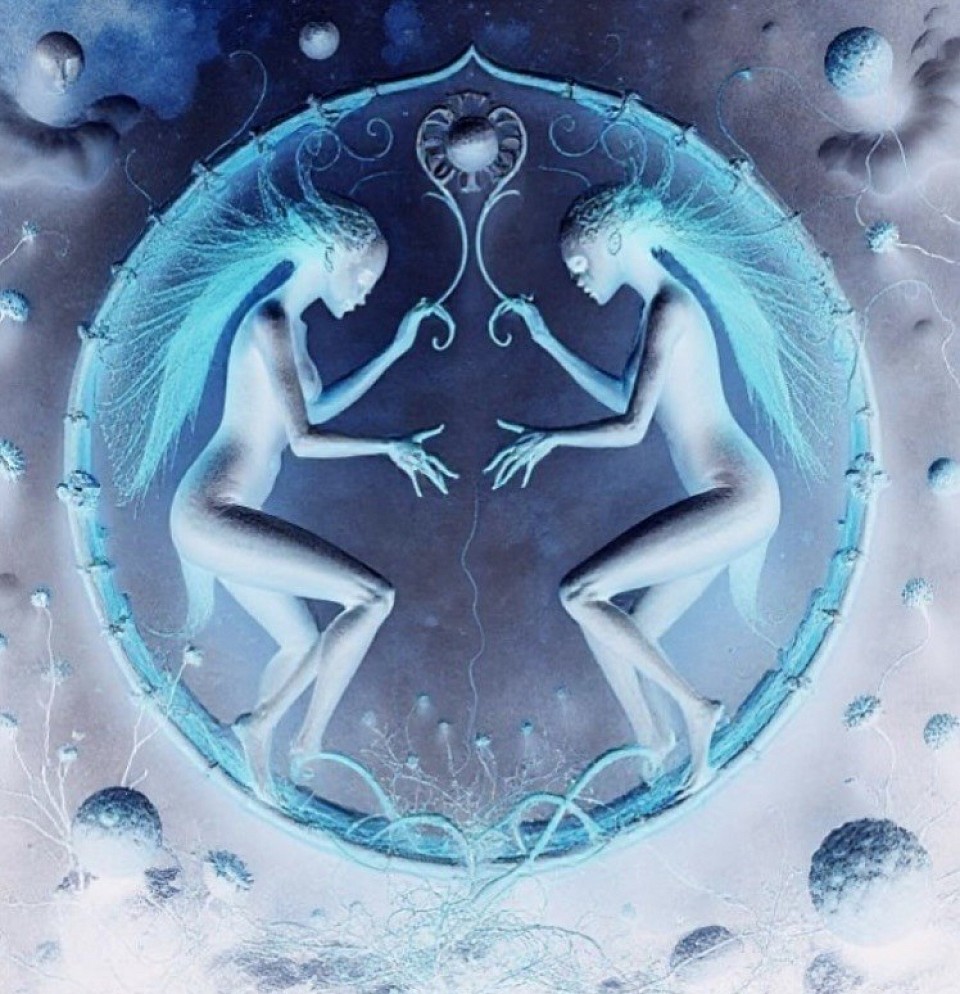-ˋˏ ༻ Reserved ༺ ˎˊ-
━━━━━━━•°•°•❈•°•°•━━━━━━━
⋆˚𝜗𝜚˚⋆
⟁
Leftover Science
In this section I will post the science that I don’t fully understand yet, to be used for later
Interphase
Cyclic Forms
The cyclic form arises when a carbonyl group, group composed of a carbon atom double-bonded, where two atoms share two pairs of electrons, to an oxygen atom, reacts with a hydroxyl group, denoting the radical -OH, that has one or more unpaired electrons, present in alcohols, on the same molecule
When a monosaccharide forms a cyclic structure, a new chiral center, an atom that has four different groups bonded to it in such a manner that it has a non-superimposable mirror image, is created at the carbon that was part of the carbonyl group
Common Ring Sizes:
The most common cyclic forms of monosaccharides involve five-membered ring (furanose) or a six-membered (pyranose) rings
The term "furanose" is derived from its similarity to the furan molecule, while "pyranose" is derived from pyran
The linear and cyclic forms, and it’s conversion of into each other between the α and β anomers, Alpha and Beta, is a process called mutarotation
Alpha (α) Anomer:
In the α-anomer, the hydroxyl group on the anomeric carbon is positioned trans to the CH2OH group (the hydroxymethyl group on the last chiral carbon) when viewed from the perspective of the ring
Beta (β) Anomer:
In the β-anomer, the hydroxyl group on the anomeric carbon is positioned cis to the CH2OH group, This means they are on the same side of the ring plane
the carbonyl carbon:
carbonyl carbon carries a partial positive charge and is electron-seeking
aldehyde:
a class of organic compounds in which a carbon atom shares a double bond with an oxygen atom, a single bond with a hydrogen atom, and a single bond with another atom
ketone:
characterized by a carbonyl group (C=O) bonded to two carbon atoms, distinguishing them from related compounds like aldehydes
organic compounds that contain a:
carbonyl group:
carbonyl group is a functional group with the formula C=O, composed of a carbon atom double-bonded to an oxygen atom, and it is divalent at the C atom
becomes a chiral center
Chiral Center
The key characteristic of a chiral center is that the atom is bonded to four different:
Monosaccharides with the same molecular formula can be:
structural isomers (different bonding arrangements):
molecules that have the same molecular formula (same number and type of atoms) but differ in the way their atoms are connected or bonded together
stereoisomers (same bonding, different spatial arrangement):
molecules that have the same molecular formula and the same connectivity of atoms, but they differ in the three-dimensional arrangement of those atoms in space
Disaccharides:
Disaccharides are formed when two monosaccharides are linked together. Monosaccharides are simple sugars
Reducing vs. Non-Reducing:
Disaccharides can be classified as reducing or non-reducing, depending on whether they have a free anomeric carbon (the carbon involved in the glycosidic bond) that can act as a reducing agent. Lactose and maltose are reducing sugars, while sucrose is a non-reducing sugar
Glycosidic Bond:
Glycosidic bonds are formed when a hydroxyl group on one sugar molecule reacts with a hydroxyl group of another sugar
This reaction involves the elimination of a water molecule (dehydration synthesis)
Polysaccharides:
They are long-chain polymeric carbohydrates, chemically bonding together many small:
repeating units:
the smallest structural unit that, when repeated, forms the larger structure of a polymer or crystal
Structural proteins:
Play a role in chromosome behaviour, particularly in the formation of the synaptonemal complex (SC) it’s proteins include:
SYCP1:
A central protein in the SC, forming a filamentous structure that connects the lateral elements (containing SYCP2 and SYCP3) to the central element
SYCP2 and SYCP3:
Part of the lateral elements, which are protein structures that form the backbone of the SC and are associated with chromatin loops
HOP1:
Another protein found in the lateral elements, contributing to the structural organization of the SC
SKR-1 and SKR-2:
These proteins are localized to the central region of the SC in C. elegans and are involved in its structure and function
SYCE3:
This protein actively remodels the SYCP1 lattice during synapsis
TEX12:
This protein, part of the central element, forms a complex with SYCE2 and contributes to the SC's fibrous backbone

